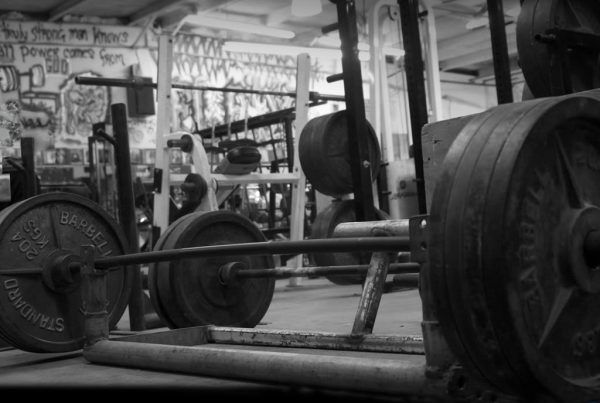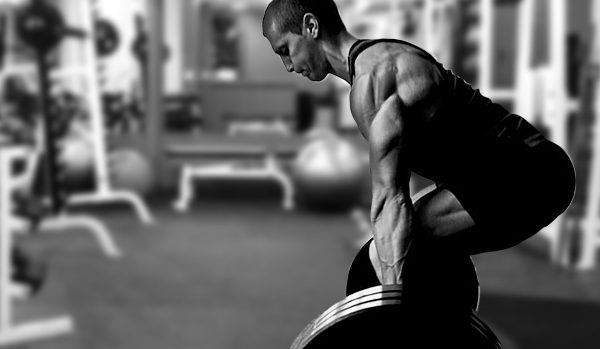Everyone who trains wants long term progress. To efficiently achieve this, we need to understand what is important in a training programme and what is not.
Volume
Firstly, it must be understood that the main variable in dictating long-term muscle growth and strength, is an increase in recoverable volume performed, over time. Volume is the product of sets x reps x load, and should mostly be completed at >60-70% of your one rep max (1RM) when your goal is muscle/strength gain.. There are other factors which influence muscle growth, but improving volume performed between training blocks should be prioritised over goals such as “getting a pump” “feeling the burn” “raising the heart rate”. Not that these aren’t useful, they just aren’t nearly as important as volume. It is also more important than rep range utilised. An interesting study by Schoenfeld (2014) found 7 sets of 3 reps to be as effective as 3 sets of 10 in increasing muscle size due to equated volume, going again st the typical gym goer mentality of higher reps being superior for growth.
st the typical gym goer mentality of higher reps being superior for growth.
An increase in volume over time results in greater and greater mechanical tension on the musculature which is likely the primary factor driving hypertrophic (size) gains (Schoenfeld, 2013). For example, increasing your 5 sets of 5 squat from 100kg to 120kg would elicit progressive overload through increased mechanical tension, resulting in hypertrophy. The goal to increase the weight, sets, or reps (likely a combo of all of them) on the lifts that utilise the most musculature, should be the backbone of your programme, whether your goal is bodybuilding or powerlifting related.
As I stated earlier, the volume has to be recoverable. More is not always better. Too much volume can hinder recovery to an extent that compromises the next training session, and there is a cap on how much muscle you can synthesise from a single session. For example, 10 sets of 10 at 60% of your 1RM would be a huge amount of volume at a suitable percentage, BUT would almost always be too much to recover from in time for the next training session.
Frequency
After we train, protein synthesis and degradation are both elevated. Muscle proteins have been broken down, and new ones are being synthesised. In order to gain muscle, protein synthesis must be greater than protein degradation on average. Protein synthesis does not remain elevated to any significant extent 48-72 hours following a training bout of a particular muscle group. This means that drug free lifters would very likely benefit from training each muscle group 2-3x per week, rather than the traditional 1x/week advertised by professional bodybuilders and muscle magazines. 2-3x/week frequency has been shown as more effective for hypertrophy in research reviews such as that by Wernbom, Augustsson, & Thomee (2007).


Training each muscle group 2-3x/week allows protein synthesis to be elevated for longer periods of time throughout the week. A study by McLester et al. (2000) found 3 training sessions/week per muscle group more conducive of muscle gain than 1 session/week EVEN when volume was the same between groups. This illustrates the importance of multiple sessions per week per body part. 40-70 Repetitions per body part per session, while training each body part two or three times per week, are suitable recommendations for most drug-free trainees (Helms et al. 2014).
Summary
- Pay close attention to total training volume (recording it if late intermediate-advanced lifter) and control its increase over time to control your gains.
- Prioritise using more weight, doing more reps, or completing more sets, with the big, compound lifts.
- Train each muscle 2-3x/week to allow for higher average protein synthesis.
Article by Jeremy Fraser of Catalyst Strength & Physique Coaching
References
Mclester, J. R., Bishop, E., & Guilliams, M. E. (2000). Comparison of 1 Day and 3 Days Per Week of Equal-Volume Resistance Training in Experienced Subjects. The Journal of Strength & Conditioning Research, 14(3), 273-281.
Helms, E., Fitschen, P. J., Aragon, A., Cronin, J., & Schoenfeld, B. J. (2014). Recommendations for natural bodybuilding contest preparation: resistance and cardiovascular training.
Schoenfeld, B. J. (2013). Potential mechanisms for a role of metabolic stress in hypertrophic adaptations to resistance training. Sports medicine, 43(3), 179-194.
Schoenfeld, B. J., Ratamess, N. A., Peterson, M. D., Contreras, B., Sonmez, G. T., & Alvar, B. A. (2014). Effects of different volume-equated resistance training loading strategies on muscular adaptations in well-trained men. The Journal of Strength & Conditioning Research, 28(10), 2909-2918.
Wernbom, M., Augustsson, J., & Thomeé, R. (2007). The influence of frequency, intensity, volume and mode of strength training on whole muscle cross-sectional area in humans. Sports Medicine, 37(3), 225-264.



